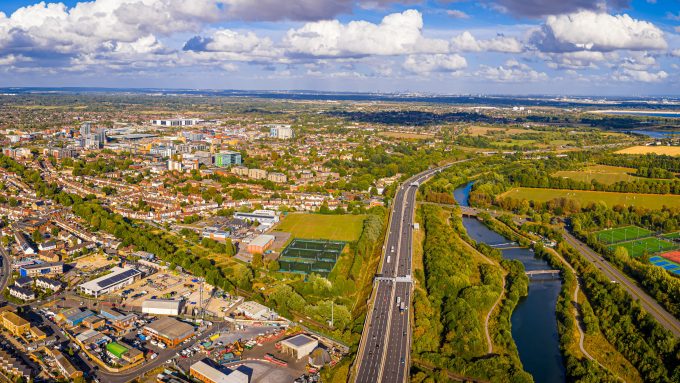
Returning to Public Transport

For the smaller towns, dynamic road user charging is an obvious approach to reducing the number of private cars on the roads. But this is likely to be rather unpopular without offering some sort of proverbial ‘carrot’ to the population. One interesting option is to introduce (or, in some places, extend) a park-and-pedal scheme. Analogous to the park-and-rides that most of us are familiar with, the scheme would allow people to drive into the edge of town, then swap onto a bike for the final stint. There are some considerations here. Can you encourage people to use the bikes (especially when the weather turns foul)? Are there ways to keep the bikes and storage docks safely cleaned? – and more importantly, what are the ways to make sure people trust them to be clean? And will it work, or will it end up being a scenario where lots of cyclists are crammed up onto fairly small cycle paths with all the risks that come with it? But again, if you excuse the broken record, these are things that can be quite easily tested in a pilot scheme.
So, do I suggest that transport authorities crack on and set up such trials? None will do this alone – it will need a small phalanx of collaborators that can provide the tech, the data, the decision support; or that can track the impacts on residents’ wellbeing and the economy. At Connected Places Catapult, we are actively working to help coordinate transport authorities to share learning and to identify and test new solutions. Some transport authorities are perfectly able to set up such a consortium (in fact, they are likely to have relationships with some of the partners already). Nevertheless, it would be counterproductive for them to simply plough on. For starters, that may leave the smaller or less well-funded authorities in the lurch; and now, of all times, is not the moment to be selfish. On a more practical note, there is only so much money, political capital and land that we can devote to these trials. We really cannot afford to be duplicating efforts or – even worse – repeating mistakes.
We need efforts to be coordinated on this. At the very least, there needs to be a central register of pilot activities, with details on the expected outcomes, timelines and progress. In addition, a forum would be useful for various transport authorities to share both positive and negative results of their pilots, with no fear of reputational damage or undercutting any IP developed for a trial. Then, there is a question of data sharing between the individual pilots – not just results and insights, but the real detailed data, such as people’s trips during the pilot. To make life a bit easier on some of the transport authorities, why not set up a crack squad of data scientists to analyse this combined data on behalf of any transport authority in the country (or indeed, beyond).
In this report we analyse the different interventions that transport authorities could take and the barriers to implementation of each. We also observe what other countries have done to tackle this unfamiliar yet common challenge and look at some of the lessons learnt.
What now?
So, where does a transport authority go from here? To start with, download the Connected Places Catapult analysis and find out how it applies to your own specific situation. If you would like to discuss it further, feel free to contact us and we’d be happy to take you through our logic and hear your thoughts on what we may have missed. But more than that, we’d like to hear from you if you are looking to set up any pilots. We can offer assistance in shaping the pilot, finding the right partner or the funding, and start building that register of pilots plans.





